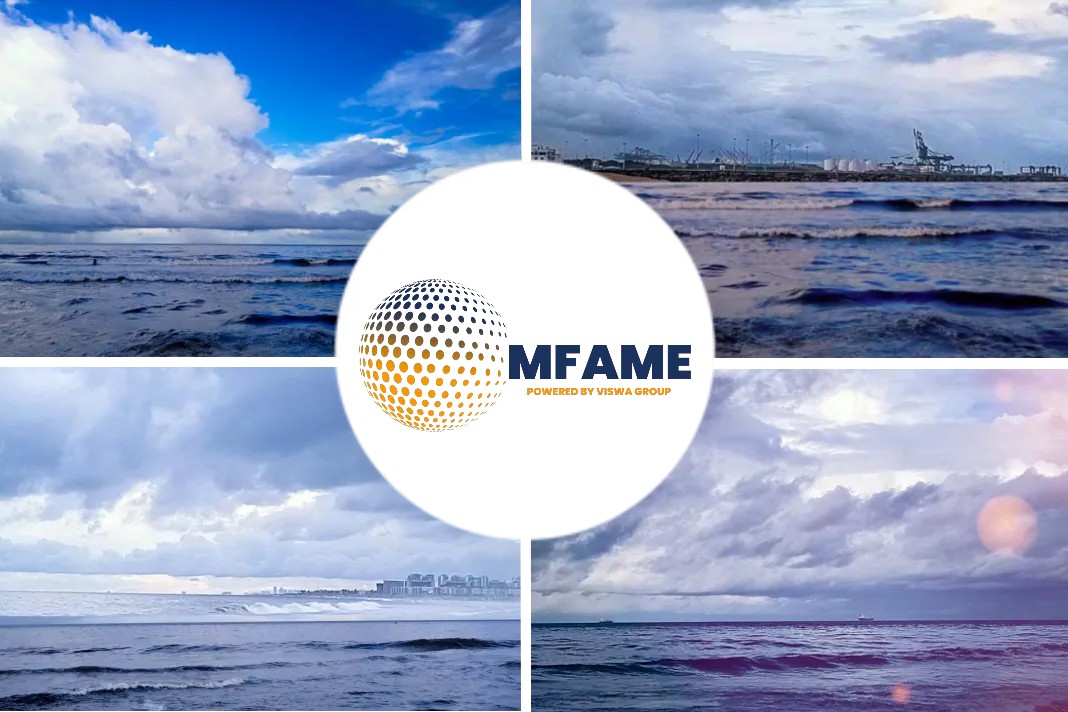
- Strong foundations for methanol use were laid in 2022 – and 2023 will be the year this fuel makes it in the container ship industry.
- Contracts for this fuel in the box ship sector quickly gained momentum in 2022, with deals inked by liner companies AP Møller-Maersk, COSCO Shipping, CMA CGM and OOCL.
- These orders will lead to a domino-effect of more contracts for methanol dual-fuel ships in the container ship sector, as they will boost the infrastructure needed to provide and bunker methanol.
The trends that will shape 2023 in Container Shipping & Trade, says a Riviera news source.
Box ships boost biofuel use
The use of biofuel has soared in the container ship sector, with many carriers carrying out biofuel refuelling projects. An example of how successful biofuels can be in meeting net zero is Samskip.
The European multimodal group signed a new agreement with supplier GoodFuels, committing Samskip container ships Endeavour, Innovator, Hofell and Skatafell to run on marine grade bio-residual fuels, cutting CO2 emissions by 90%.
IMO has a 2030 target to cut greenhouse gas emissions from ships by 40%, with a 50% cut envisaged for 2050, but Samskip recently set its sights on net zero by 2040. These impressive figures will help propel the use of biofuel next year.
Hydrogen: making deeper inroads
Several container inland barge projects running on hydrogen fuel cells currently being developed highlight the potential of hydrogen for box ships.
Future Proof Shipping has retrofitted its inland container vessel Maas to run on 100% hydrogen – the vessel is successfully running on fuel cells.
Elsewhere, Flagships’ industry collaboration is working on an inland container compressed hydrogen barge project, and a consortium including LMG Marin is working on Energy
Observer 2, a zero-emissions cargo vessel, with capacity for 240 TEU, and which is planned for shortsea shipping and requires scaling up for hydrogen.
These will lay the path towards more projects using hydrogen.
Encouragingly, in Container Shipping & Trade’s webinar Developing hydrogen fuel cells for container ships, Nedstack fuel-cell technology application manager maritime Jogchum Bruinsma said 40% of container ships without modification would be eligible for hydrogen fuel cells, an encouraging figure that will only increase due to constant manufacturer updates, optimised storage capacity and fuel-cell efficiency.
LNG and beyond
LNG is still a major player in the box ship industry, and its potential to bridge the decarbonisation gap is greater than ever, with the ability to use bio or synthetic LNG. And 2022 saw major LNG launches aimed specifically at the box ship sector, which should boost its use. Newport Shipping launched a cost-effective LNG retrofit solution for container ships, consisting of a Type C LNG fuel tank. The concept consists of container stowage on a free deck in a safe area and is suitable for bio and synthetic LNG.
GTT, Alwena Shipping and COSCO Shipping Zhoushan have proposed a solution that combines an LNG retrofit and jumboisation. Offering an attractive and cost-effective solution for box ships, it will also allow bio and synthetic LNG to be used interchangeably.
These concepts will lead to even greater use of LNG in 2023.
Container collaboration leap
If the industry is to reach net zero, increased collaboration across all sectors and stakeholders within box shipping is needed. This has already started, and we will see it increase sharply. The customers of ocean carriers, the shippers, are now more involved in the quest for net zero. Cargo Owners for Zero Emission Vessels was set up at the end of 2021, with the ambition to reach net-zero emissions for their maritime transport by 2040. This is a very ambitious target, earlier than needed by regulatory standards, and means shippers will put more pressure on ocean carriers to use zero-emissions fuel to achieve this.
There will also be more collaboration with container ports, which are crucial when it comes to providing refuelling solutions and shoreside power. An example of this is International Ports & Harbors Association’s initiatives, such as its Clean Energy Marine Hubs, a joint project it launched with International Chamber of Shipping and the Clean Energy Maritime Taskforce, which aims to accelerate the production and trade of low-carbon fuels for shipping around the world.
Did you subscribe to our daily Newsletter?
It’s Free! Click here to Subscribe
Source: Riviera


















Wow, amazing weblog format! How lengthy have you ever been blogging for?
you made blogging glance easy. The total look of your website is fantastic, let alone the content!
You can see similar here najlepszy sklep